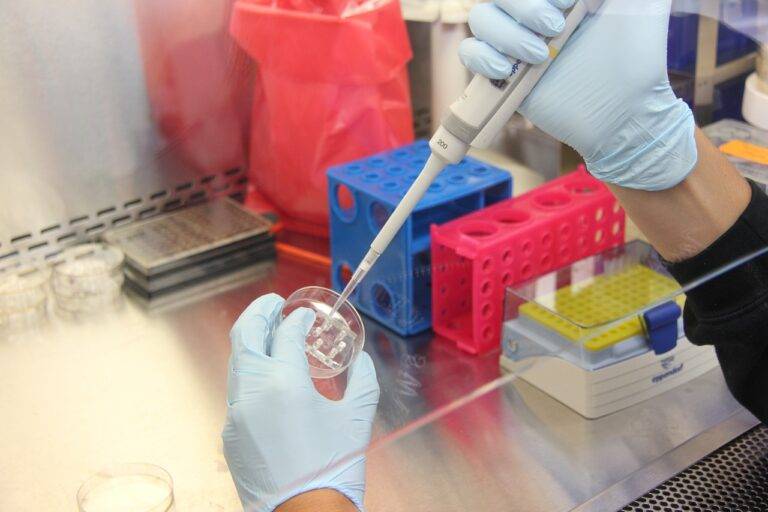The Internet of Things (IoT): Connecting the World Around Us
In today’s digital age, connectivity is king. From smartphones and smartwatches to smart homes and smart cities, our world is becoming increasingly interconnected, thanks to the Internet of Things (IoT). The IoT refers to the network of everyday objects embedded with sensors, software, and connectivity, enabling them to collect and exchange data with each other and with other connected devices.
At its core, the IoT is about making our lives easier, more efficient, and more convenient. By connecting the devices and systems that surround us, the IoT has the potential to revolutionize how we live, work, and interact with the world around us. From improving healthcare and transportation to optimizing energy consumption and reducing waste, the possibilities of the IoT are virtually limitless.
The Evolution of the IoT
The concept of the IoT is not newit has been around for decades. However, recent advancements in technology, such as the proliferation of low-cost sensors, the widespread availability of high-speed internet connectivity, and the rise of cloud computing, have accelerated the growth of the IoT and made it more accessible than ever before.
Today, the IoT encompasses a wide range of devices and applications, including:
-
Smart Home Devices: From thermostats and lighting systems to security cameras and appliances, smart home devices allow homeowners to automate and control their homes remotely, improving comfort, convenience, and energy efficiency.
-
Wearable Technology: Smartwatches, fitness trackers, and other wearable devices collect data on users’ activity levels, heart rate, and sleep patterns, providing valuable insights into their health and wellness.
-
Connected Cars: Automobiles equipped with IoT technology can communicate with other vehicles, traffic signals, and infrastructure, enabling features such as real-time navigation, predictive maintenance, and autonomous driving.
-
Industrial IoT (IIoT): In industrial settings, the IoT is used to monitor and optimize processes, improve asset tracking and management, and enhance worker safety and productivity.
-
Smart Cities: In urban areas, the IoT is being used to improve transportation, reduce congestion and pollution, enhance public safety, and optimize resource allocation.
The Benefits of the IoT
The IoT offers numerous benefits for individuals, businesses, and society as a whole:
-
Increased Efficiency: By connecting devices and systems, the IoT enables automation, optimization, and real-time monitoring, leading to increased efficiency and productivity.
-
Improved Quality of Life: IoT devices and applications can improve quality of life by providing convenience, comfort, and personalized experiences tailored to users’ preferences and needs.
-
Enhanced Safety and Security: In both residential and commercial settings, the IoT can enhance safety and security by monitoring for hazards, detecting intrusions, and providing alerts and notifications in real-time.
-
Cost Savings: By optimizing resource usage, reducing waste, and preventing costly downtime, the IoT can lead to significant cost savings for businesses and consumers alike.
-
Sustainability: By promoting energy efficiency, reducing emissions, and optimizing resource utilization, the IoT has the potential to contribute to a more sustainable and environmentally friendly future.
Challenges and Considerations
While the IoT offers many benefits, it also presents several challenges and considerations:
-
Security and Privacy: With billions of connected devices collecting and exchanging data, security and privacy are major concerns. Ensuring the confidentiality, integrity, and availability of IoT data is essential to maintaining trust and confidence in IoT systems.
-
Interoperability: Ensuring interoperability and compatibility between different IoT devices and platforms can be challenging, particularly in heterogeneous environments with diverse technologies and standards.
-
Scalability: As the number of connected devices continues to grow, scalability becomes a critical consideration. IoT systems must be able to handle increasing volumes of data and accommodate expanding networks of devices without sacrificing performance or reliability.
-
Data Management and Analytics: Managing and analyzing the vast amounts of data generated by IoT devices requires robust data management and analytics capabilities. Extracting meaningful insights from IoT data can help drive informed decision-making and unlock new opportunities for innovation and growth.
Conclusion
The Internet of Things (IoT) is transforming the way we live, work, and interact with the world around us. By connecting everyday objects and devices, the IoT is enabling new levels of efficiency, convenience, and innovation across a wide range of industries and applications. While the IoT presents challenges and considerations, its potential to improve quality of life, drive economic growth, and address pressing societal challenges makes it a transformative force with far-reaching implications for the future.
FAQs
Q: What is the Internet of Things (IoT)?
A: The Internet of Things (IoT) refers to the network of everyday objects embedded with sensors, software, and connectivity, enabling them to collect and exchange data with each other and with other connected devices.
Q: What are some examples of IoT devices?
A: Some examples of IoT devices include smart home devices, wearable technology, connected cars, industrial IoT (IIoT) systems, and smart city infrastructure.
Q: What are some benefits of the IoT?
A: Some benefits of the IoT include increased efficiency, improved quality of life, enhanced safety and security, cost savings, and sustainability.
Q: What are some challenges associated with the IoT?
A: Some challenges associated with the IoT include security and privacy concerns, interoperability issues, scalability considerations, and data management and analytics challenges.
As the IoT continues to evolve and mature, we can expect to see even greater connectivity, intelligence, and innovation in the years to come, as our world becomes increasingly interconnected and interdependent.





